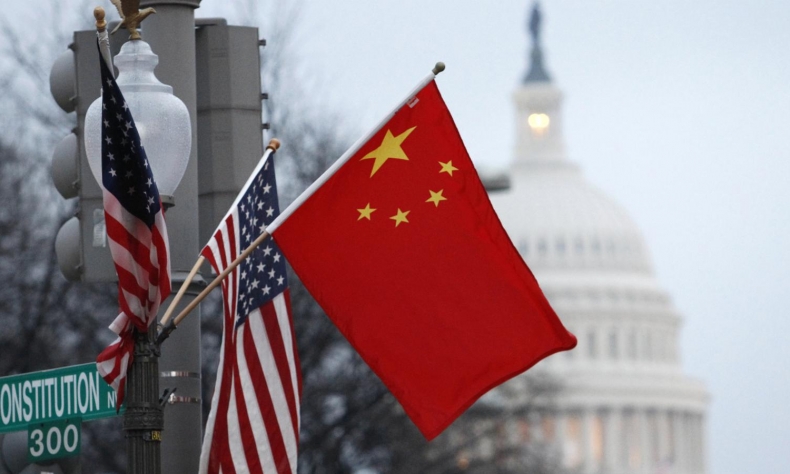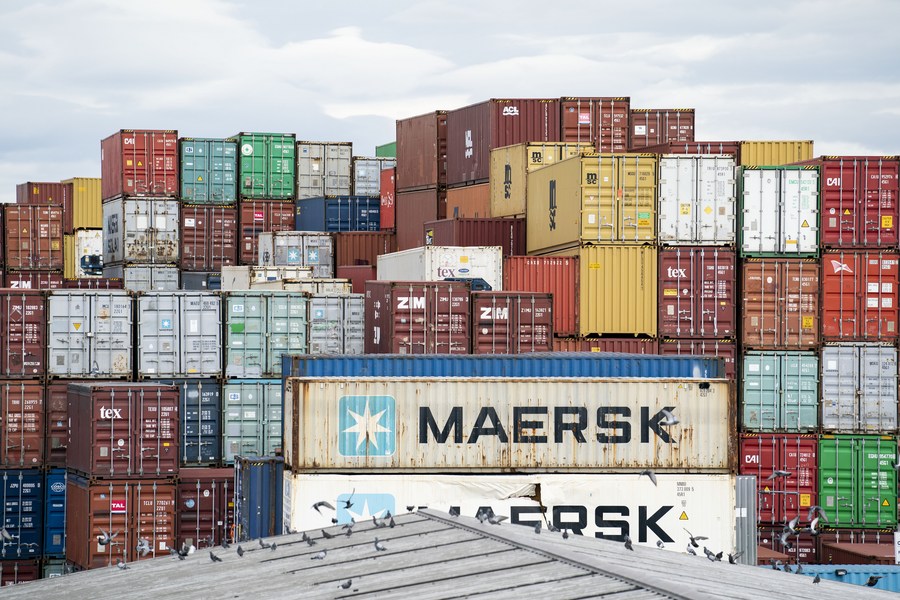Trade: The Sino-American Stabilizer?

Neither country stands to benefit from the trade war; what they really need, is a suitable free trade agreement.
Editor’s Note: Four years have passed since the Donald Trump administration announced it would impose tariffs on $50 billion worth of Chinese exports on March 22, 2018, together with various further investment restrictions on China. Yet statistics issued by both sides now reveal that China-U.S. trade, instead of cooling down owing to the trade war, is heating up.
According to the U.S. Department of Commerce, in 2021, bilateral trade jumped by 17.6 percent year on year, as data from China’s National Bureau of Statistics show it increased by 20.2 percent, leading Sino-American trade turnover to rank first among U.S. trading partners. Ironically, the countries’ trade growth well exceeds the 12.3-percent rate in 2017.
Four years of trade war prove that trying to contain China has been a faulty stroke on the part of the U.S.
The China-U.S. dispute touches on trade, science and technology, diplomacy, geopolitics and international rules. The Joe Biden administration inherited all hostile policies toward China from its predecessor, including extra tariffs on Chinese exports, and has taken it one step further by linking trade with human rights, values and ideologies. This arguably marks an unspoken bipartisan consensus on curbing China’s development.
China-U.S. trade statistics for 2021 demonstrate that the U.S. Government’s political interference did little to curb China’s growth, except for raising obstacles to the bilateral trade and crippling transnational business in China. The latter, however, remains the world’s most vibrant major economy, whereas the U.S. seemingly has shot itself in the foot. The country’s record-high inflation is, to large extent, the result of higher tariffs on Chinese goods, given these additional charges will eventually pass on to U.S. consumers in the form of valued goods.
According to the U.S.-China Business Council, the trade war knocked $108 billion off U.S. GDP from 2018 to 2019, and cost 245,000 jobs. At present, the U.S. still imposes an average tariff of 19.3 percent on 66.4 percent of Chinese exports, whereas China levies a tariff of 20.7 percent on 58.3 percent of American exports to China, higher than the average tariff of 3.1 percent before the trade war and also higher than the average tariffs China imposes on goods from other countries. These rates might result in the loss of another 732,000 jobs in the U.S. this year.

Truth be told, many big U.S. corporations oppose the trade conflict. A number of American businesses have already demanded the removal of extra tariffs by submitting written statements to the U.S. Department of Commerce and Office of the U.S. Trade Representative, hoping to maintain normal economic and trade ties with China. A report released by the American Chamber of Commerce in China on March 8, points out that surveyed U.S. companies operating in China are optimistic about the Chinese market and some 66 percent intend to increase their investments in the country, 83 percent of which do not plan to move their manufacturing or purchasing business out of China. Yet their voices are, unfortunately, too often muted by American politicians and populists.
Five decades of interaction have deeply intertwined Chinese and American interests. Despite the trade dispute in the four years, their trade exchanges remain the most important part of bilateral relations, outweighing political and personal exchanges, which have dropped to historical low due to U.S. China-containment policies and the COVID-19 outbreak. Even frequent shipments shuttling between the two countries keep the Baltic Dry Index, a proxy for dry bulk shipping stocks as well as a general shipping market bellwether, high.
Ever-closer trade relations between China and the U.S. reveal that the conflict proves a drag on China-U.S. cooperation. The time has come for the U.S. to forgo its consistently backfiring China-containment policy. China today boasts the world’s largest middle-income population (400 million), as well as the best opportunities and biggest market potential of its 1.4-billion population to tap into. Neither country stands to benefit from the trade war; what they really need, is a suitable free trade agreement.
 Facebook
Facebook
 Twitter
Twitter
 Linkedin
Linkedin
 Google +
Google +










